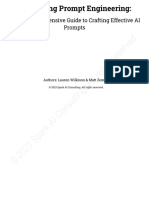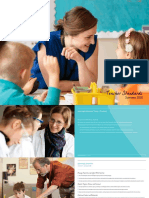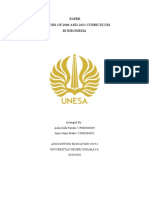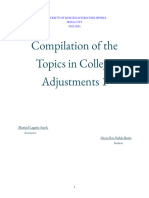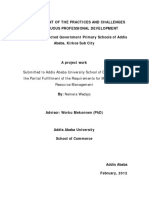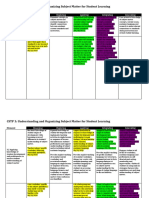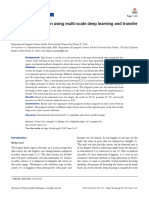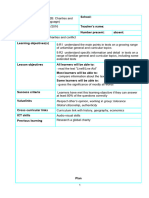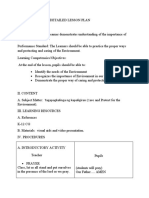0% found this document useful (0 votes)
306 views4 pagesPrompt Engineering Guide
This guide focuses on prompt engineering to enhance interactions with AI tools like ChatGPT by providing structured and clear instructions. It outlines techniques such as role-based prompting and few-shot prompting, along with examples of improved prompts for common tasks like writing emails and summarizing meetings. The goal is to help teams achieve more accurate and efficient outputs while fostering better collaboration with AI.
Uploaded by
21ust003Copyright
© © All Rights Reserved
We take content rights seriously. If you suspect this is your content, claim it here.
Available Formats
Download as PDF, TXT or read online on Scribd
0% found this document useful (0 votes)
306 views4 pagesPrompt Engineering Guide
This guide focuses on prompt engineering to enhance interactions with AI tools like ChatGPT by providing structured and clear instructions. It outlines techniques such as role-based prompting and few-shot prompting, along with examples of improved prompts for common tasks like writing emails and summarizing meetings. The goal is to help teams achieve more accurate and efficient outputs while fostering better collaboration with AI.
Uploaded by
21ust003Copyright
© © All Rights Reserved
We take content rights seriously. If you suspect this is your content, claim it here.
Available Formats
Download as PDF, TXT or read online on Scribd
/ 4



































